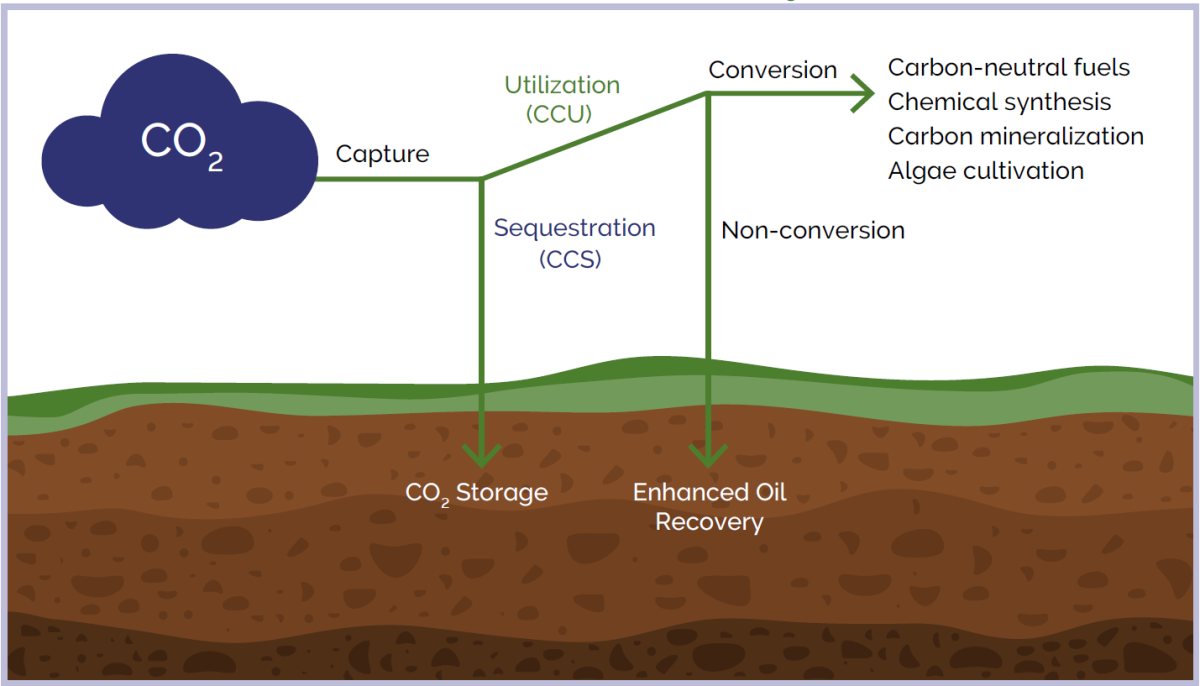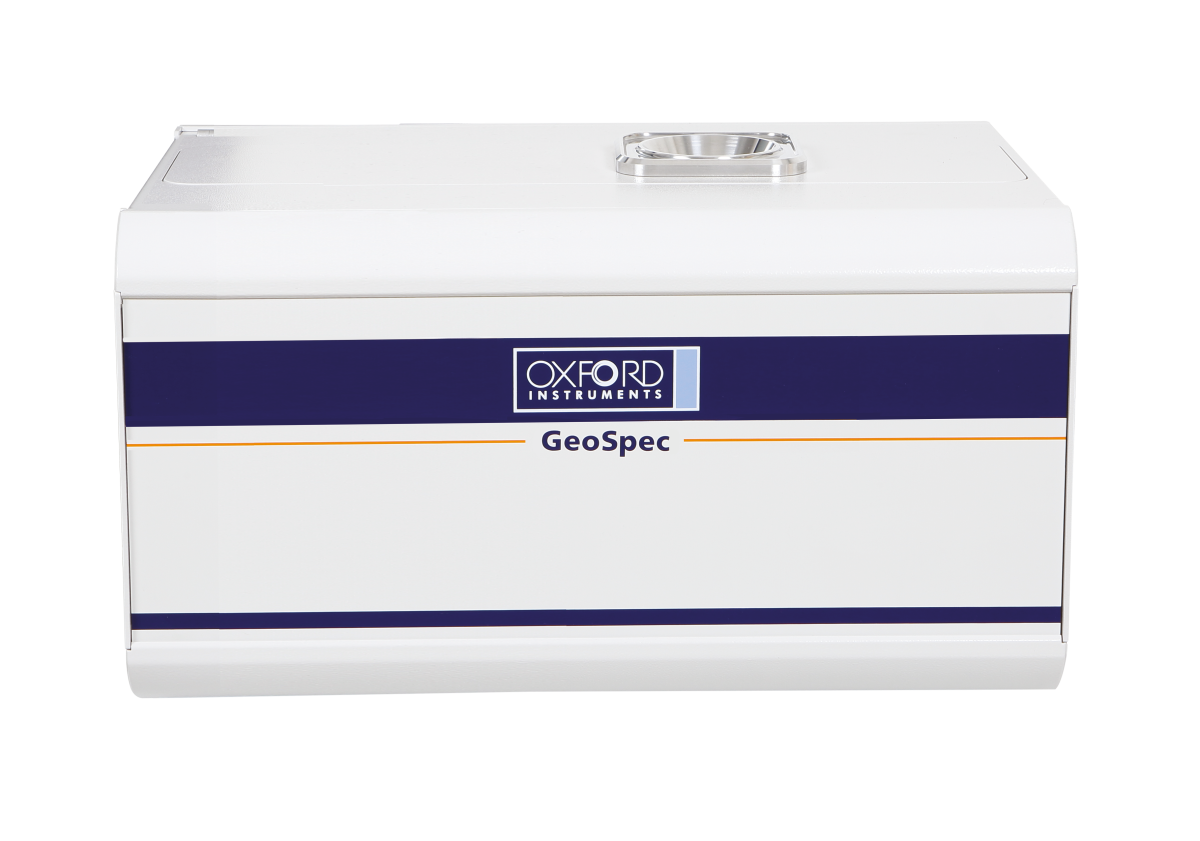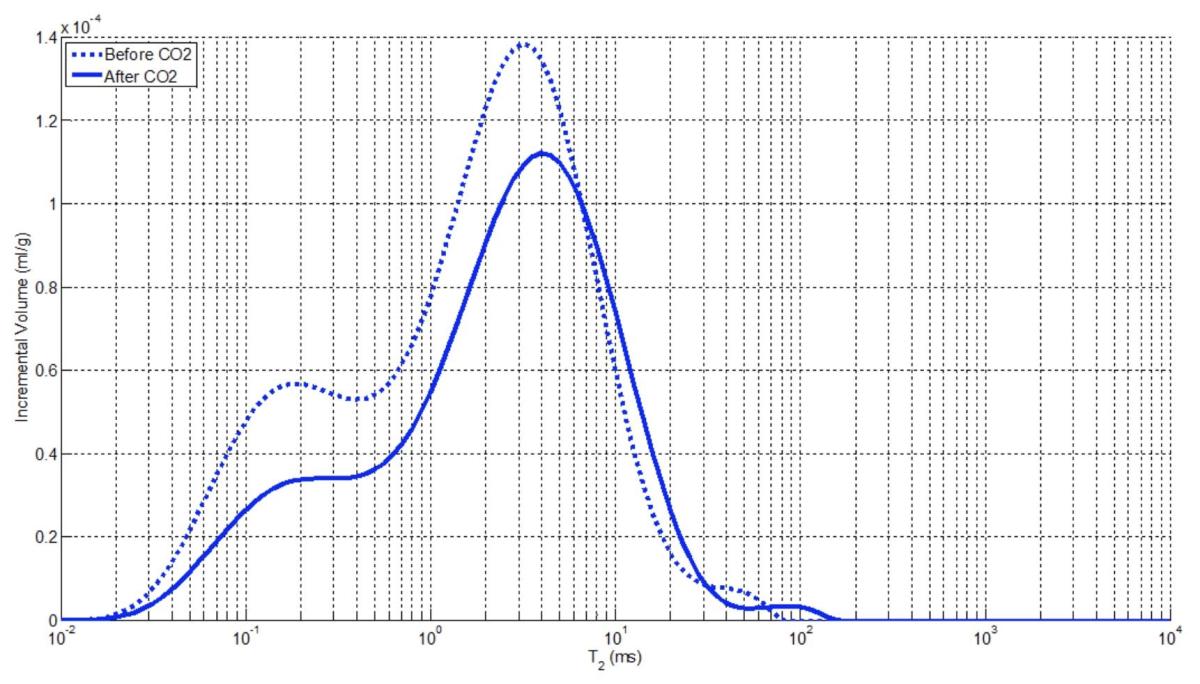Products
Applications
Learning
In this interview, we talk to Dragan Veselinovic, Senior Research Specialist at Green Imaging Technologies about how NMR is being used in geophysics and petrophysics, as well as NMR in carbon storage applications.

What do you see NMR being used for in geophysics and petrophysics?
NMR is already a vital tool for core analysis. NMR relaxation data can reveal important information about porosity, pore size, permeability, wettability, free vs bound fluid, fluid typing, capillary pressure and the list goes on. In addition, MRI techniques can be used to locate the fluid in core samples in three dimensions.
How can NMR help in the investigation of potential sites for Carbon Storage projects?

All the same properties that are pertinent to geophysics and petrophysics (outlined in the first question) are applicable to carbon storage projects, as inactive oil and gas wells are some of the best candidates for future carbon storage sites.
What can NMR tell us about the pore network, and why is that important?
As mentioned, NMR can reveal a wealth of information about pore networks. This is important because for oil recovery it tells you where the oil is located and how easy (or difficult) it will be to recover. Conversely, from a carbon capture utilisation and storage (CCUS) point of view the information revealed by NMR can tell you how easy (or difficult) it will be for CO2 to be injected into the pore network as well as how likely it will be for the CO2 to remain in place once injected.

How can the injected CO2 affect the pore network?
Injected CO2 can affect the pore network in a whole host of ways. To name a few, it can penetrate the network and evacuate the fluids that are already present in the pores. It can change the wettability of the pores. It can mineralize onto the pore walls altering the porosity of the network. It can also react chemically with the pores and/or the fluids that are already present in the pores.
What other factors affect the behaviour of CO2 injected into a reservoir?
The pressure and temperature of the reservoir can affect the behaviour of the CO2 injected into a reservoir. The mineralogy of the reservoir can also affect the behaviour of the CO2 injected into the reservoir. The presence of other fluids (oil or brine etc.) can affect the behaviour of CO2 in the reservoir.
What experiments can help evaluate potential carbon storage projects?
All the same experiments employed in NMR core analysis can be helpful to evaluate potential carbon storage projects. For example, NMR T2 based porosity and pore size distribution measurements can be used to determine the carbon storage capacity in rocks. In a recent collaborative study with the Kelly Research Group from Columbia University, we used NMR T2 data to augment a carbon mineralization study in igneous rocks. Below is a figure which shows a T2 distribution of a rock before and after a carbonized brine flood. The decrease in NMR signal after the flood, suggests that the carbon in the brine is reacting with the rock matrix and builds a carbon-based mineral in the rock.
What experiments can help evaluate potential carbon storage projects?
All the same experiments employed in NMR core analysis can be helpful to evaluate potential carbon storage projects. For example, NMR T2 based porosity and pore size distribution measurements can be used to determine the carbon storage capacity in rocks. In a recent collaborative study with the Kelly Research Group from Columbia University, we used NMR T2 data to augment a carbon mineralization study in igneous rocks. Below is a figure which shows a T2 distribution of a rock before and after a carbonized brine flood. The decrease in NMR signal after the flood, suggests that the carbon in the brine is reacting with the rock matrix and builds a carbon-based mineral in the rock.

T2 distribution of a rock before and after a carbonized brine flood
Tell us about some of the research related to CCS you have contributed to.
We have done a couple of NMR research projects related to CCUS. We have looked at the ability of cap rock to contain CO2 (gas, liquid and super critical) over time. In addition, we have explored how the pore network changes (size and distribution) as CO2 is mineralized in the pores.
How easy is NMR to use?
NMR is easy to use especially with GIT software.
How would you sum up the usefulness of NMR in carbon storage applications?
NMR ability to evaluate valuable information about pore networks make it one of the most useful tools for carbon storage applications. NMR has already proven to be an outstanding tool in porous media analysis, so it is only natural to extend it to the new CCUS applications.

Dragan Veselinovic has been a Senior Research Specialist since going Green Imaging in 2009. In his role Dragan participates in research and development work related to commercial measurements on rocks using NMR technology. Not only is he a key member of Green Imaging’s very active research team, he heads up the customer support team and has become the “Go To” resource for Green Imaging customers. Before joining Green Imaging, Dragan obtained a Masters of Science in Physics degree from the University of New Brunswick.